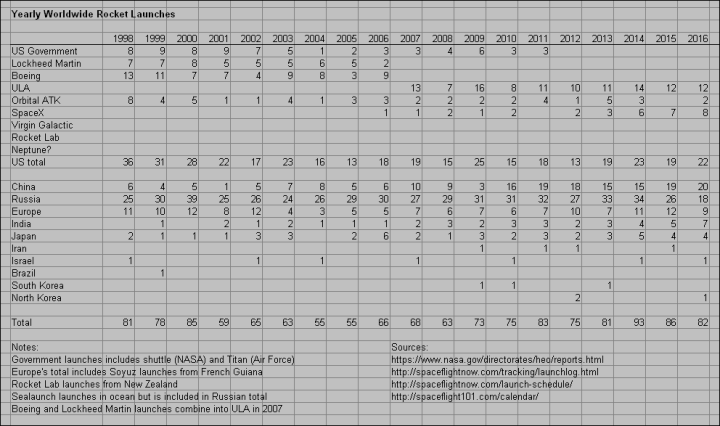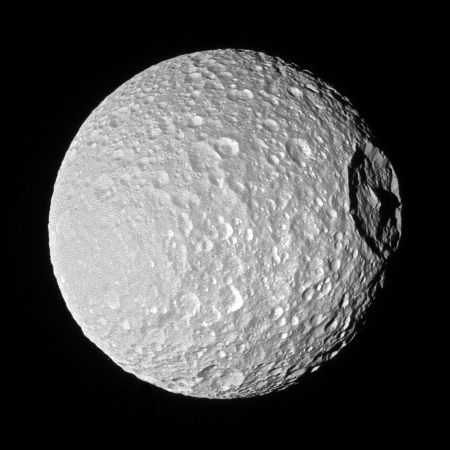A clever mission concept, proposed as a joint Russian/U.S. unmanned probe to Venus, would use a solar-powered unmanned aerial vehicle (UAV) to fly through the atmosphere for at least a year in order to try to find out the nature of the planet’s atmospheric mysterious dark streaks.
Descending hypersonically into the atmosphere after detaching from the orbiter, the UAV would be filled with hydrogen or helium gas, keeping it buoyant at a nominal floating altitude of 50 kilometers, allowing it to glide through the clouds while moving through the night-time hemisphere. Upon daylight, the solar-powered propellors would kick in and raise the craft’s altitude to around 60 kilometers.
Over the course of three to four days, the craft could move around the planet along the upper atmosphere’s ‘super-rotation,’ the strange phenomenon where the atmosphere seems to be uncoupled from the solid planet and rotates much faster. The UAV would therefore be able to explore the clouds at different altitudes, moving from air mass to air mass, from regions with UV absorbers to regions devoid of them, sampling and measuring the composition of the atmosphere.
The dark streaks, first photographed when Mariner 10 flew past on February 5, 1974 and took more than four thousand pictures, are made of a still unknown material in the upper clouds that absorbs ultraviolet light. The scientists of this mission concept propose that these dark streaks could even be Venusian life.
Finding life at high altitude in the atmosphere of a planet would make sense. After all, microbes have been found at similar heights in Earth’s atmosphere. The challenge for life on Venus is the planet’s extreme temperature. The surface, at 462º C (864º F), is hot enough to melt lead, and the surface pressure of 92 bar is the equivalent of being almost a kilometer under water.
However, in a region beginning around 50 kilometers in altitude and extending a dozen kilometers outward is a sweet spot where the temperature ranges between 30ºC and 70ºC (86ºF to 158ºF) and the pressure is similar to Earth’s surface. Life could potentially survive in this zone where the dark-streaking UV absorber is found.
Intriguingly, the sulfuric acid droplets within the clouds aren’t necessarily a show-stopper to life. Earlier Venera missions detected elongated particles in the lower cloud layer that are about a micron long, about the width of a small bacterium. These particles could be coated in ring-shaped polymers of eight sulphur atoms, called S8 molecules, which are known to exist in Venus’ clouds and which are impervious to the corrosive effects of sulfuric acid. Furthermore, S8 absorbs ultraviolet light, re-radiating it in visible wavelengths. If the particles are microbes, they could have coated themselves in S8, making them resistant to the corrosive effects of sulfuric acid. It has even been postulated that the S8 exists as a result of microbial activity.





